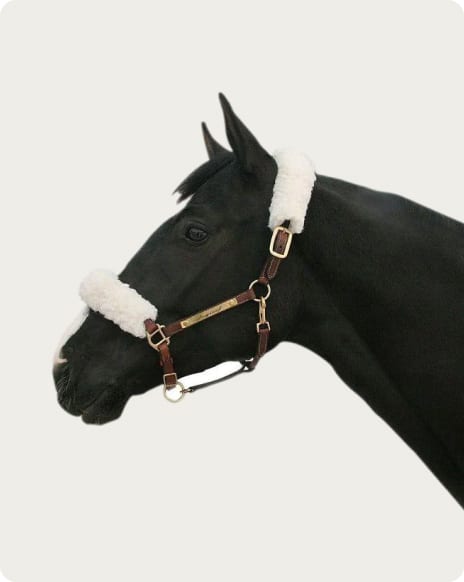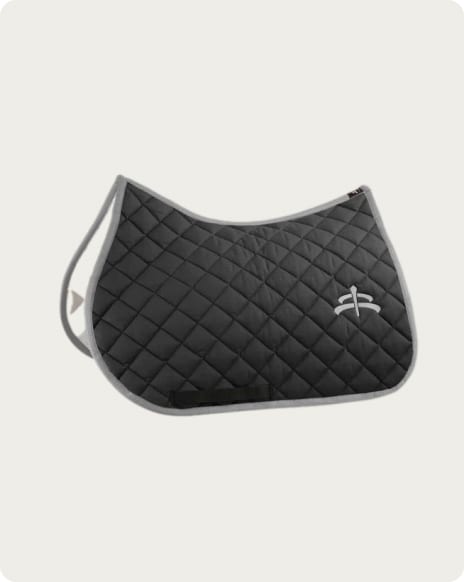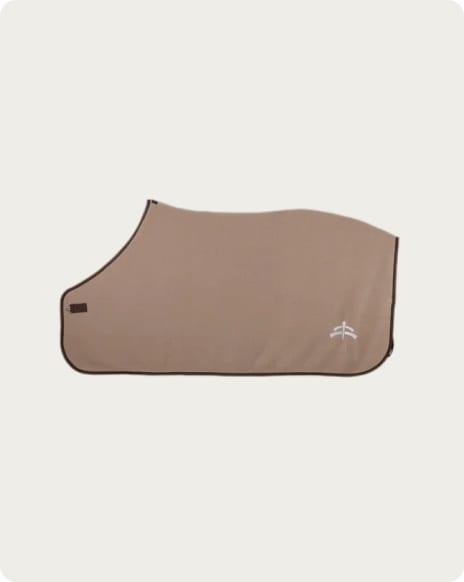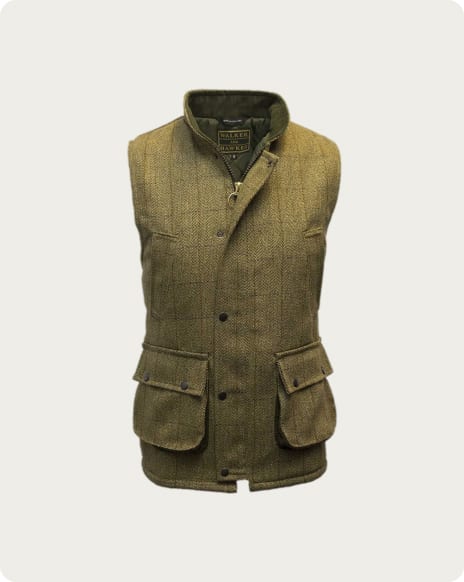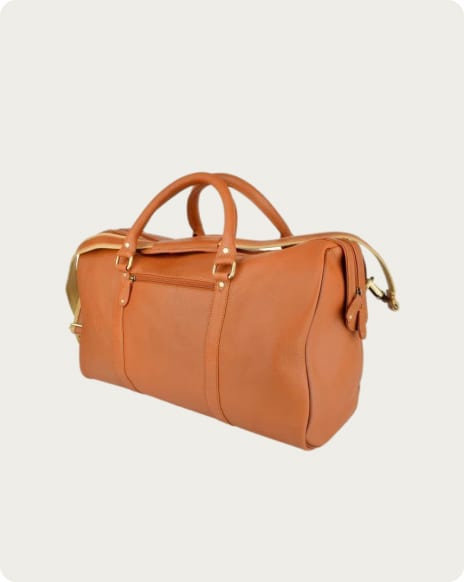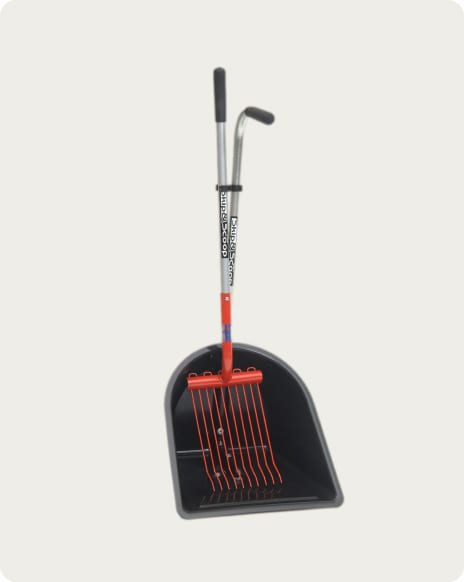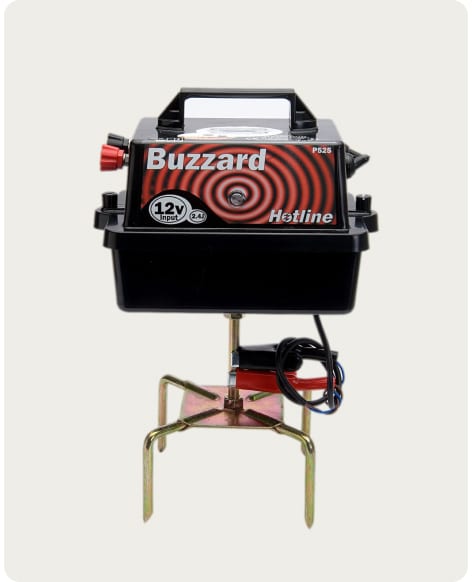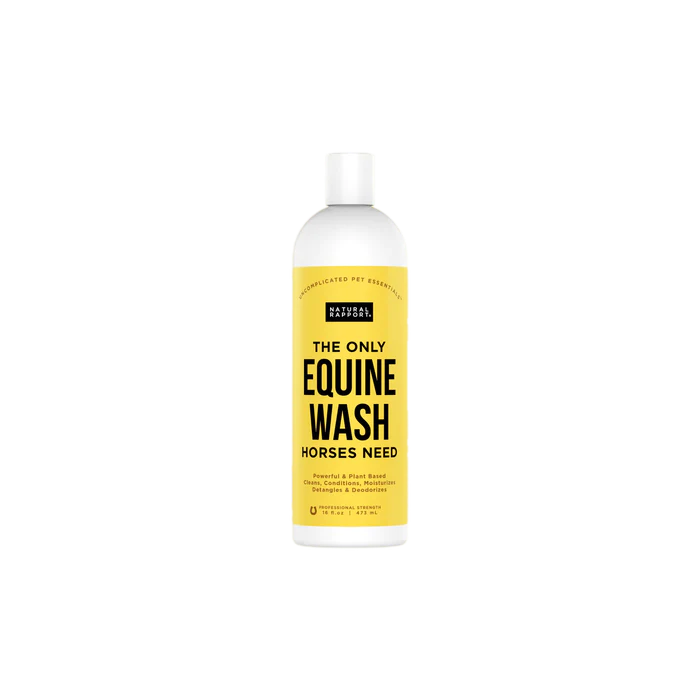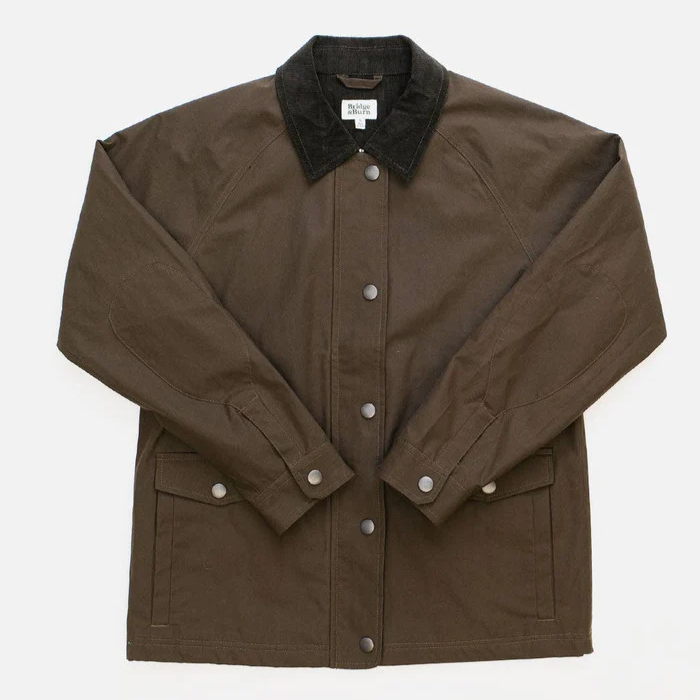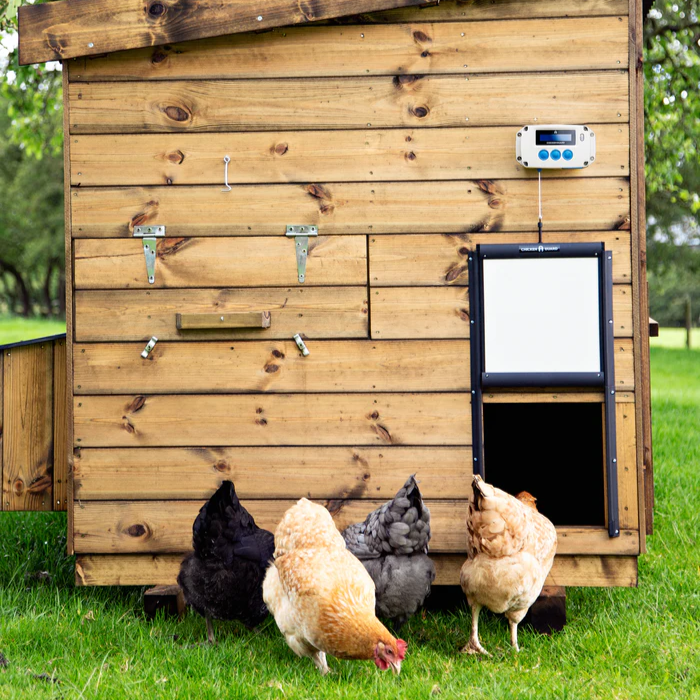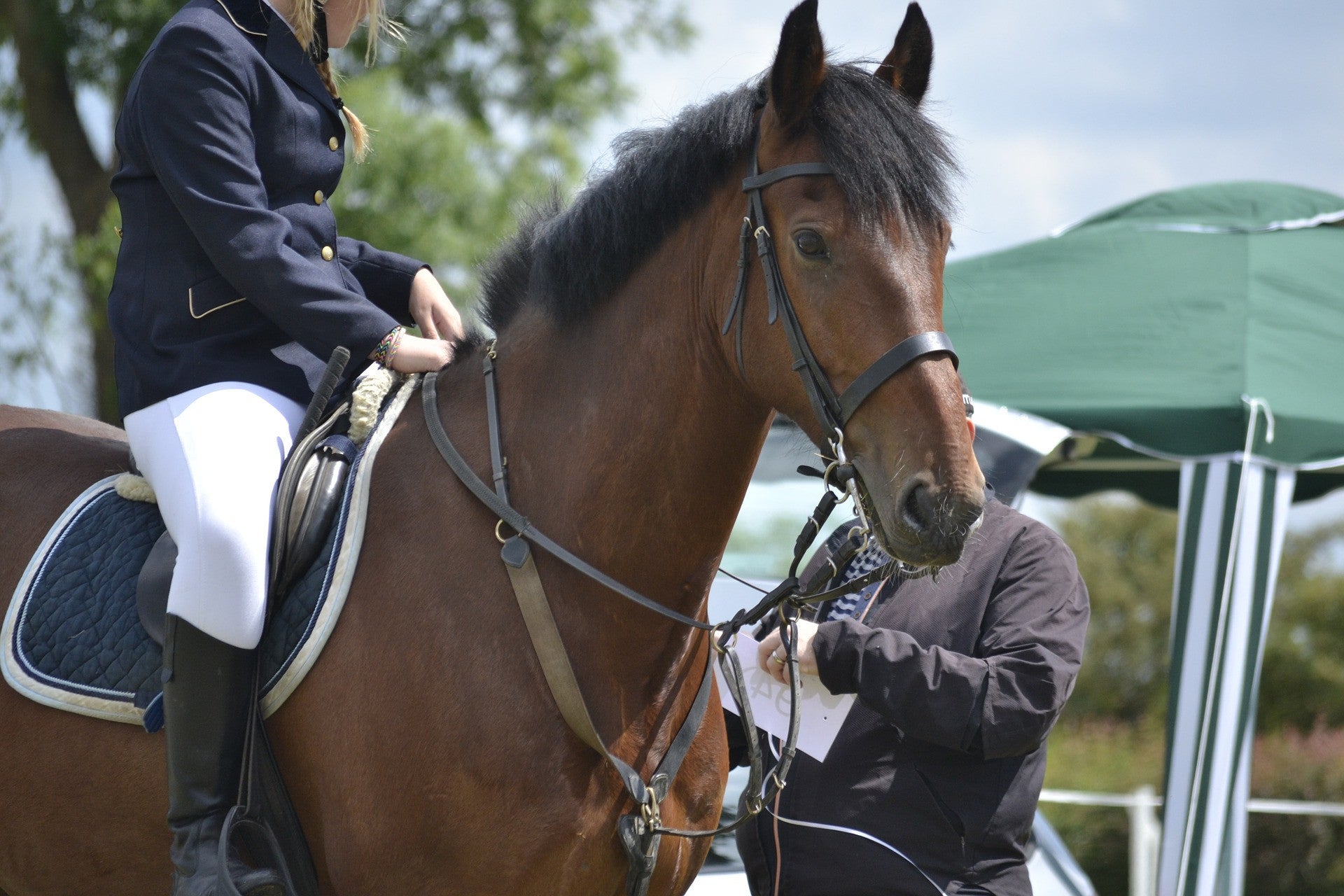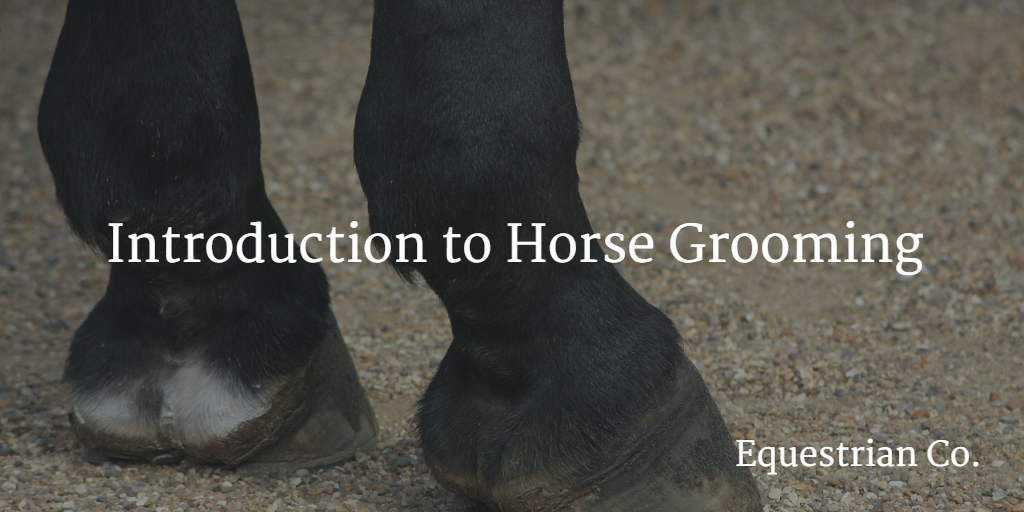
Cold weather, wet snow, mud, below freezing temperatures can all reek havoc on your horse’s coat. Some horses grow a very thick, woolly coat to keep them warm over the winter months, while others may not grow much of a coat or you may body or trace/hunter clip your horse for easier cool down after a vigorous ride. Either way, your horse’s coat may need extra special attention during the winter Here are the top ten grooming tips and the best grooming tools to keep your horse’s coat healthy.
Daily Currying and Brushing
There is not substitute for vigorously currying and brushing your horse’s coat every single day. The currycomb helps to lift dust and dirt so that you can brush it away with a hard brush. It also invigorates the skin that improves circulation that is very important especially if your horse is less active than in the summertime.
Vacuuming
Vacuuming a horse’s horse essentially accomplishes the same thing as daily currying and brushing. It is a more efficient and effective way to keep your horse clean. Horse vacuums are designed to remove dust, dirt, and parasites. Most vacuums come with a variety of grooming attachments and with some models you can reverse the flow of air using it as a dryer.
Shedding Blade
Using a shedding blade a few times a week helps to thin out a very thick coat.
Clipping
A complete body clip is done if you are showing your horse indoors. A trace or hunter clip is used if you want your horse to have a bit of a winter coat for warmth, but less of a coat so that your horse can cool down faster after a rigorous ride. It is recommended that you blanket your horse if it has any type of clip.
Trimming
A horse’s fetlocks may accumulate mud and dirt from spending time outdoors. Keeping the fur and hair on the fetlocks trimmed or clipped will keep these areas clean and will reduce the chance of scratches. Scratches (also known as greasy heel or pastern dermatitis) develop from a combination of wet mud and dirt coupled with bacteria, a fungus, or parasites. Keeping your horse’s fetlocks clean and dry significantly reduces the possibility of this condition that can take months to cure.
Bathing
If you have access to an indoor wash stall with warm water, it is ok to bathe your horse a few times over the winter. After giving your horse a bath, take care to dry the horse thoroughly using towels, a blow dryer, and a cooler or other type of blanket that whisks the moisture away from the coat. Never put your horse away wet when it is cold. Just like humans, horses can become ill if left wet in a cold stall or outside. If you're looking for a portable shower, Eccotemp L5 is our recommendation.
Spot Cleaning
Spot clean your horse’s coat using warm water, a clean sponge, and dry clean towels. Cleaning and drying small sections of your horse’s coat is a great way to keep dust and dirt at bay without giving your horse a full bath.
Access to Clean Unfrozen Water
Horses need to have clean water available to them at all times. Check your horse’s water supply several times a day to make sure that they not only have enough water, but that the water is not frozen. Heated horse buckets keep your horse’s water at the right temperature all the time.
Proper Level of Feed and Hay
Horses tend to burn more calories during the colder months. As a result, you will need to monitor their weight to make sure that they are getting fed plenty of feed and hay. You can also be aware of any weight loss or gain by looking at and feeling their coat as you go through your grooming routine. Like having access to unfrozen water, make sure that any uneaten feed is removed from your horse’s feed tub so that it does not freeze. Do not feed thawed-out food to your horse.
Exercise
Like all other times of the year, horses need exercise over the winter. If access to indoor riding is limited on site, take your horse to an indoor arena and ride. If the ground is not frozen outside, take a ride on warmer days. When space is very limited, lunge your horse. You'll need lunging equipment to do so. If there's not enough space, even walking your horse up and down the aisle will help by keeping them moving.
From high quality grooming tools like brushes and currycombs to durable vacuums and clippers designed to give the perfect trim, we offer everything you need to keep your horse clean, healthy, and comfortable all year ‘round.



